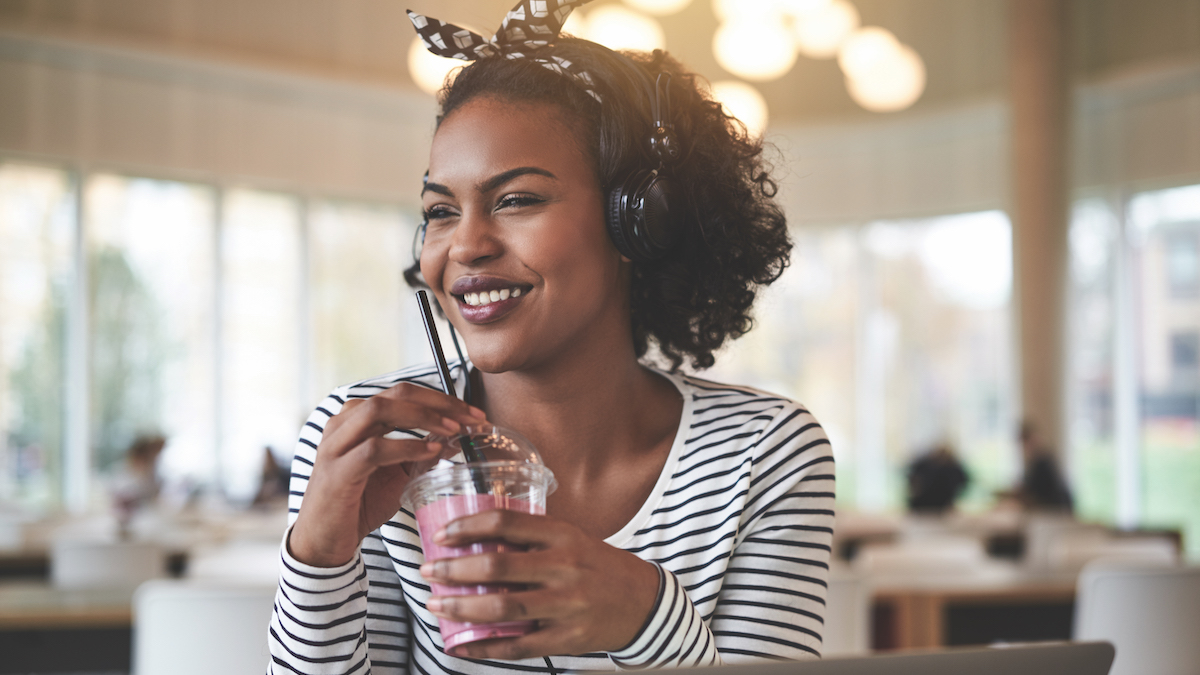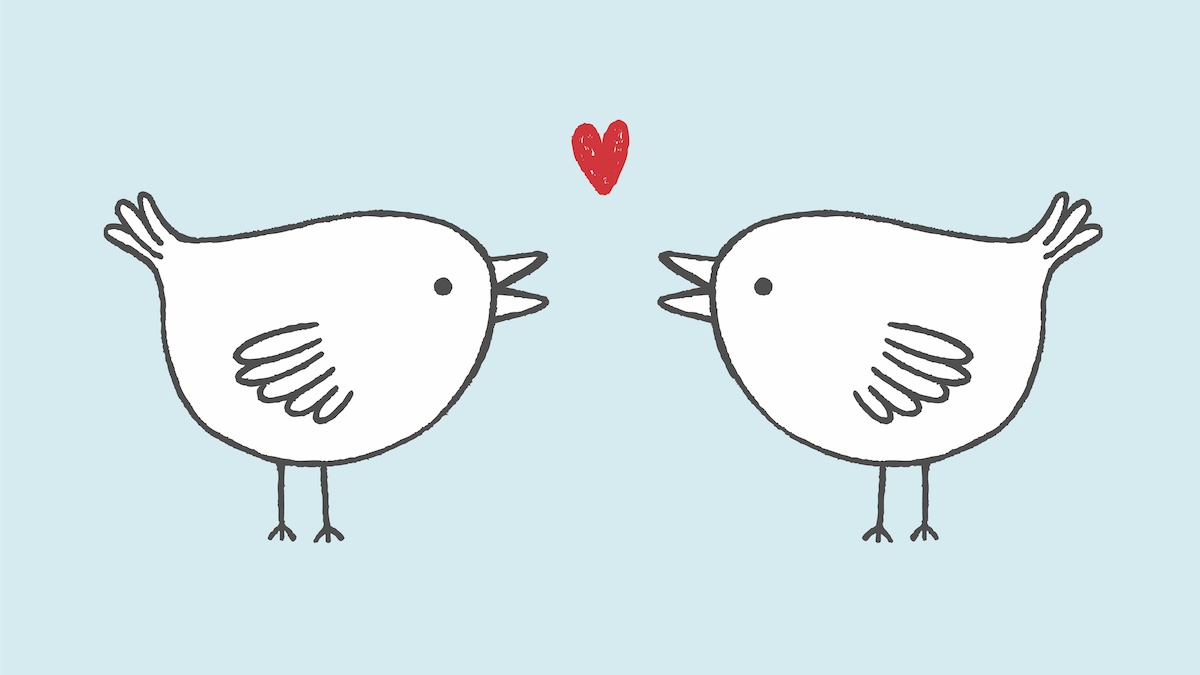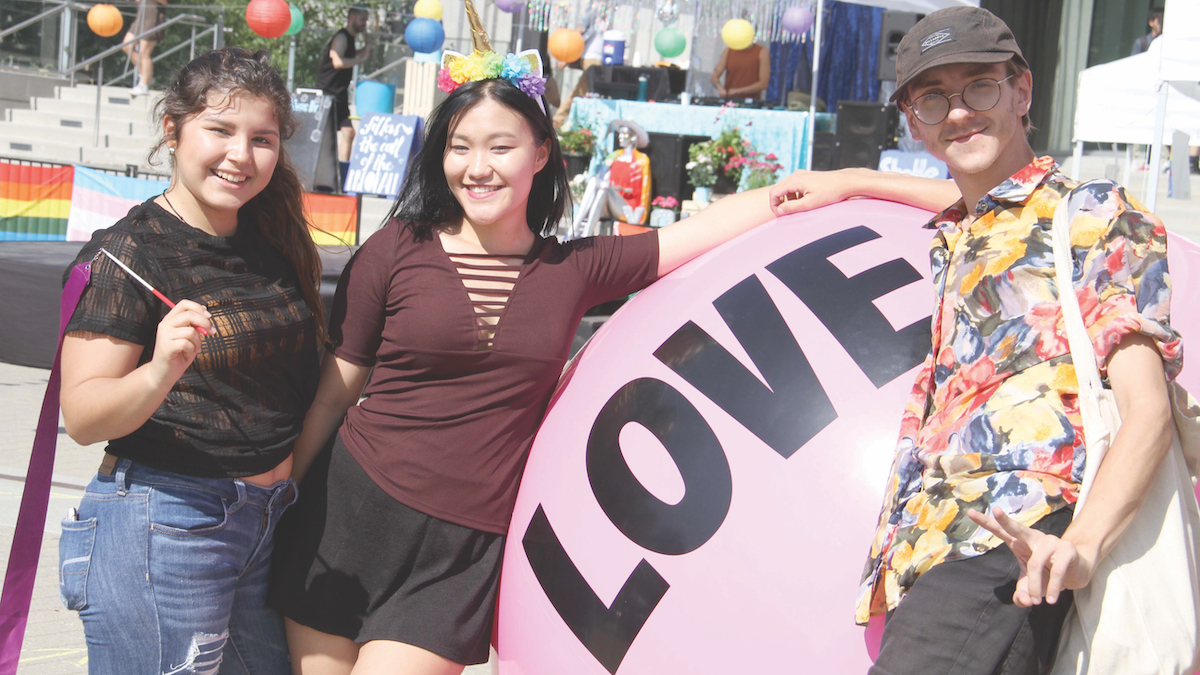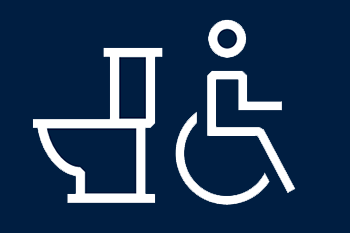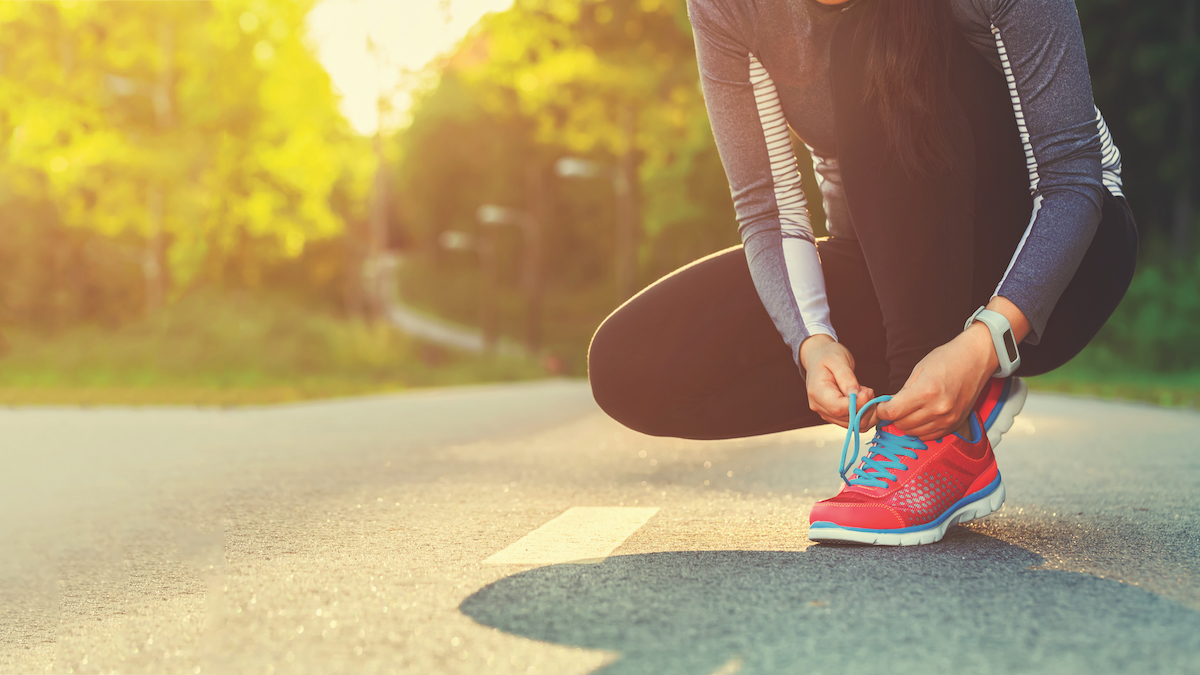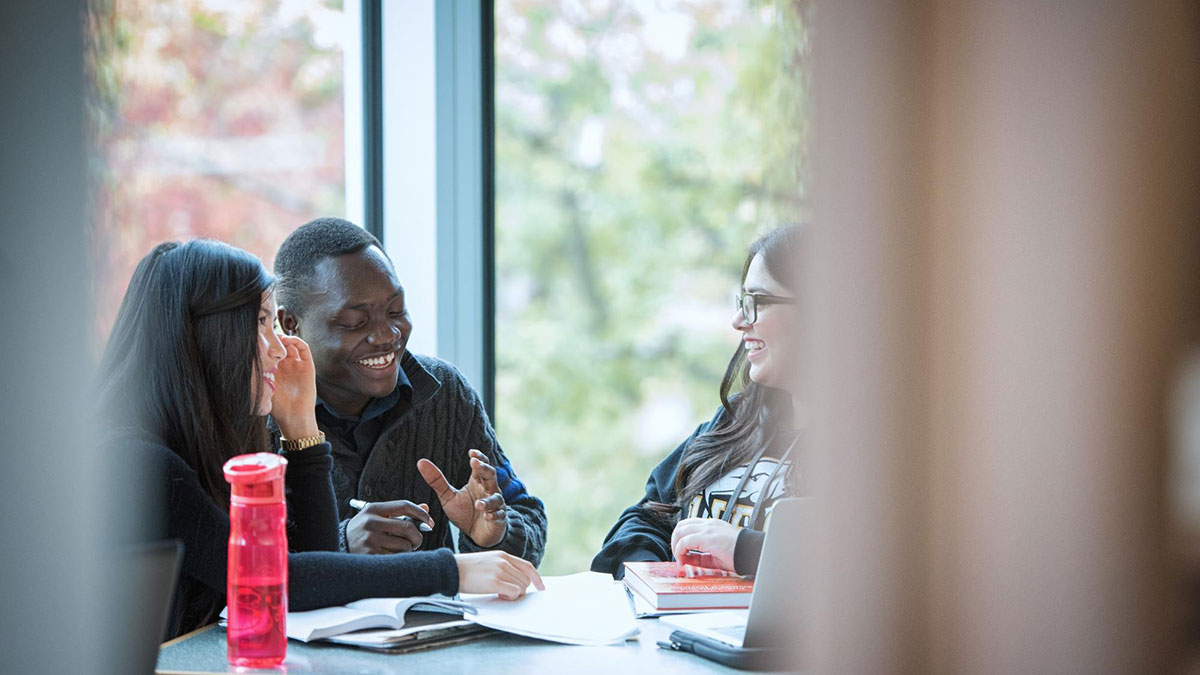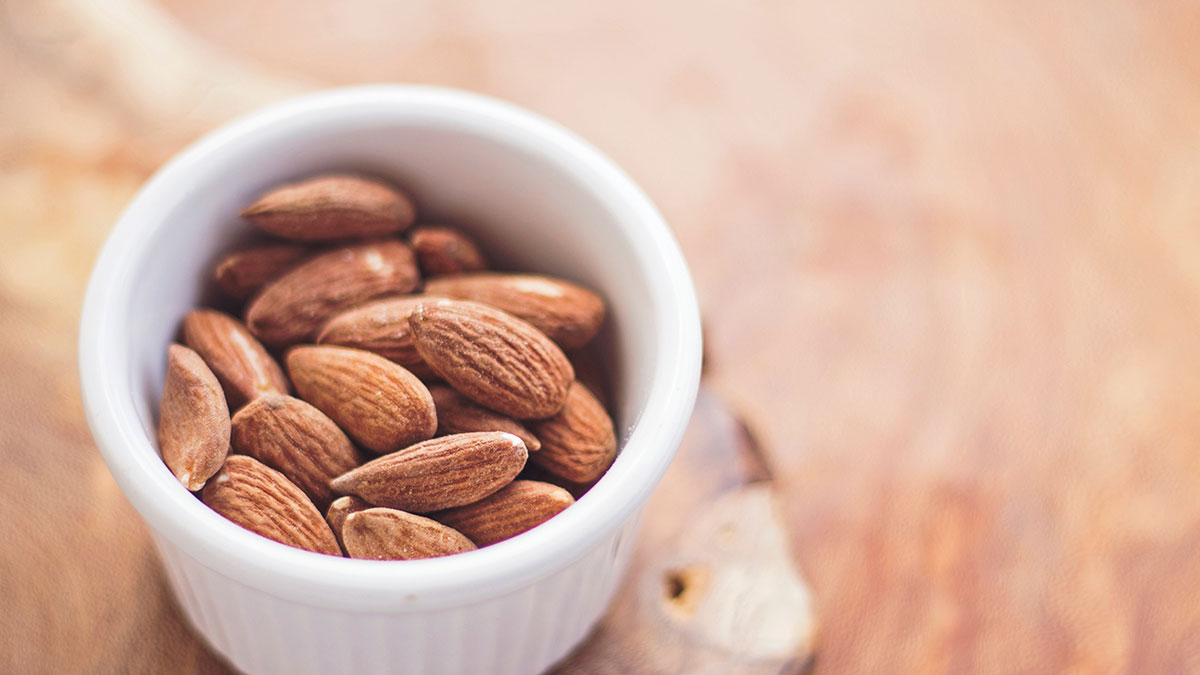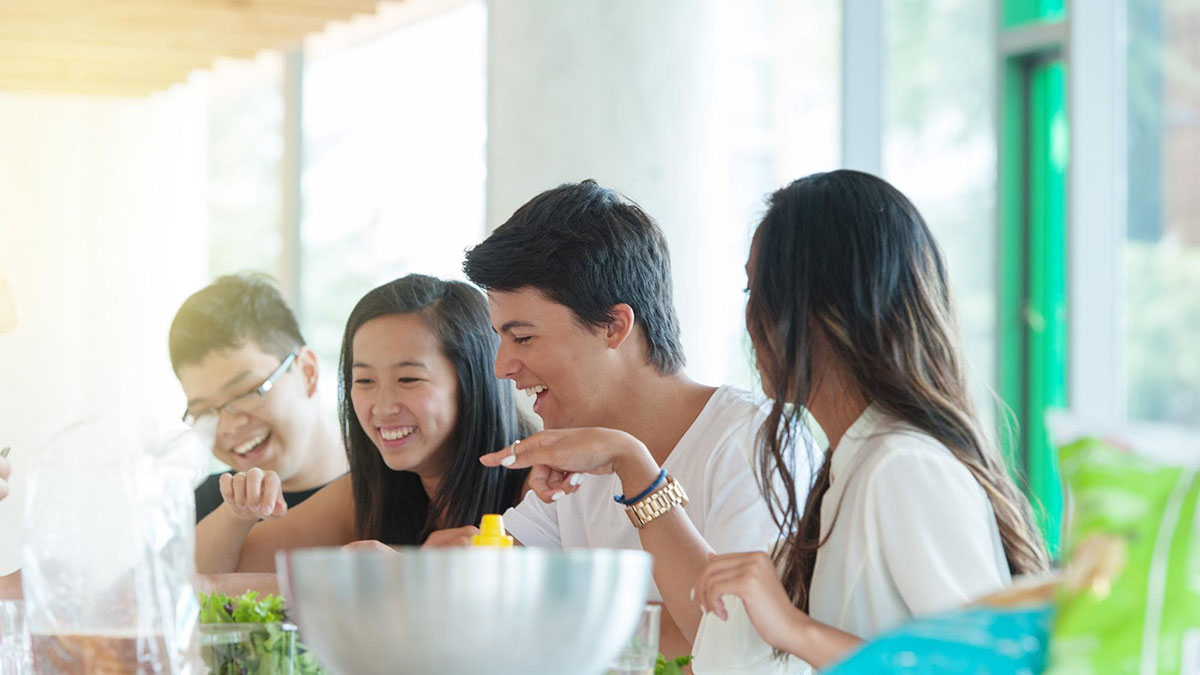Whether it’s the middle of term or a week before you move out, keep your space fresh and organized with these decluttering tips!
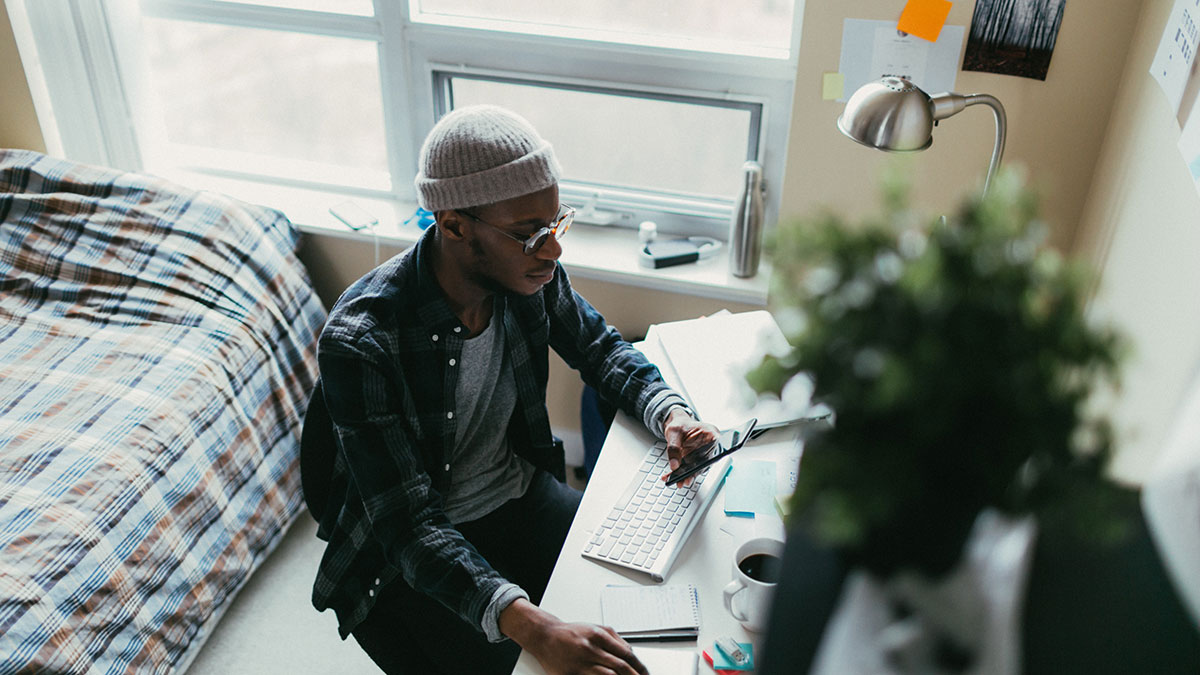
By Amanda Keating, 3rd year Arts student
During my time living in residence at UBC, it’s safe to say that I have collected a lot of stuff.
In first-year, I flew in from the US with just three suitcases. Flash-forward to third-year: let’s just say that three suitcases were barely enough to fit my vast collection of UBC sweatshirts. It’s totally natural to collect more things as you move through residence, but how much is too much? As I entered my third year, this was the dilemma I faced.
Let me paint you a picture of what my room looked like.
Clothes I hadn’t worn in months filled my closet, textbooks from first-year haunted my bookshelf, and there was a growing cache of who-knows-what under my bed.
Maybe you’re in the same boat?
Whether you’re moving out of residence or just want to tidy things up, figuring out what to keep and what to get rid of can be tough. That old hoodie from high school can have a lot of memories attached to it. That copy of Twilight on your bookshelf… It’s your next great read, right?!
Like me, maybe you’re not sure where to start. I had no idea what to do with the accumulation of stuff that was taking over my space. Then, after watching her Netflix series, I turned to Marie Kondo’s KonMari Method—like millions of other North Americans!— and my room is now much happier (and tidier) because of it. Here’s how the process works and how it worked for me!
What is the KonMari Method?
According to Marie Kondo, the KonMari Method is not a “set of rules on how to sort, organize, and put things away. It is a guide to acquiring the right mindset for creating order and becoming a tidy person.”
A common misunderstanding is that the KonMari Method is actually just about
minimalism—about living with less. Although minimalism and KonMari have many similarities, the KonMari Method is more about living with those things you truly cherish. The result might be the same, but not necessarily!
When I decided to declutter my room, I actually used a combination of the Konmari Method and minimalism. Turned out, I only had a few items that truly sparked joy, which made it easier to get rid of my unnecessary items. You might have lots of items that spark joy, and that’s okay too!
The 5 Steps to Decluttering Your Space

Even though I used some aspects of minimalism, for simplicity, let’s just stick to the KonMari Method, with its 5 essential steps to decluttering. Use these steps to help you figure out what to keep, throw away, or donate—or, if you’re moving out, what you want to put into storage or take with you.
Also, if it’s your first time using this method, I’d recommend setting aside an entire day to tidy up. Or split your tidying over a couple of days.
1. Discard by category first.
The first step is to discard your items—by category. Marie Kondo recommends using this order:
- Clothes
- Books
- Papers
- Kimono (a.k.a., miscellaneous 😜)
- Mementos
2. Break your categories into subcategories, if needed.
If you have a lot of one type of item, like clothes or books, you can break these down into smaller subcategories. For clothes, the obvious choice is shirts, pants, shoes, etc. But you could also break that category down by season or colour. The choice is yours!
3. Keep only the things that spark joy.
This is the phrase that put Marie Kondo on the world’s stage. Here’s how it works:
- Pick up each item individually.
- Really feel it.
- Then, ask yourself: does this item spark joy?
Do you have an emotional connection to the item? Yeah? OK, that one’s a keeper. Not so much? Looks like it’s time to let it go. This is the time to decide which items hold meaning for you, or serve a purpose in your life, and which items are, honestly, just stuff. Ask yourself: do you really need those books from last term—or are they better off on someone else’s shelf?
4. After you’ve finished discarding, it’s time to organize your room.
Choose where you’re going to store the things you’re keeping, whether it be in your drawers, closet, or under your bed. Just remember to store the same types of items in the same place. Looking for some storage options? IKEA has tons of cost-effective and residence-friendly options to help you optimize your space.
5. Do it all in one go.
While you can do the process over a couple of days, if you need to, Marie Kondo recommends decluttering your space in one single-day session, rather than little-by-little. It might seem like an overwhelming thing to do, but trust me, it will take way less time than you think. And doing so will help change your entire mindset when it comes to maintaining an organized space.
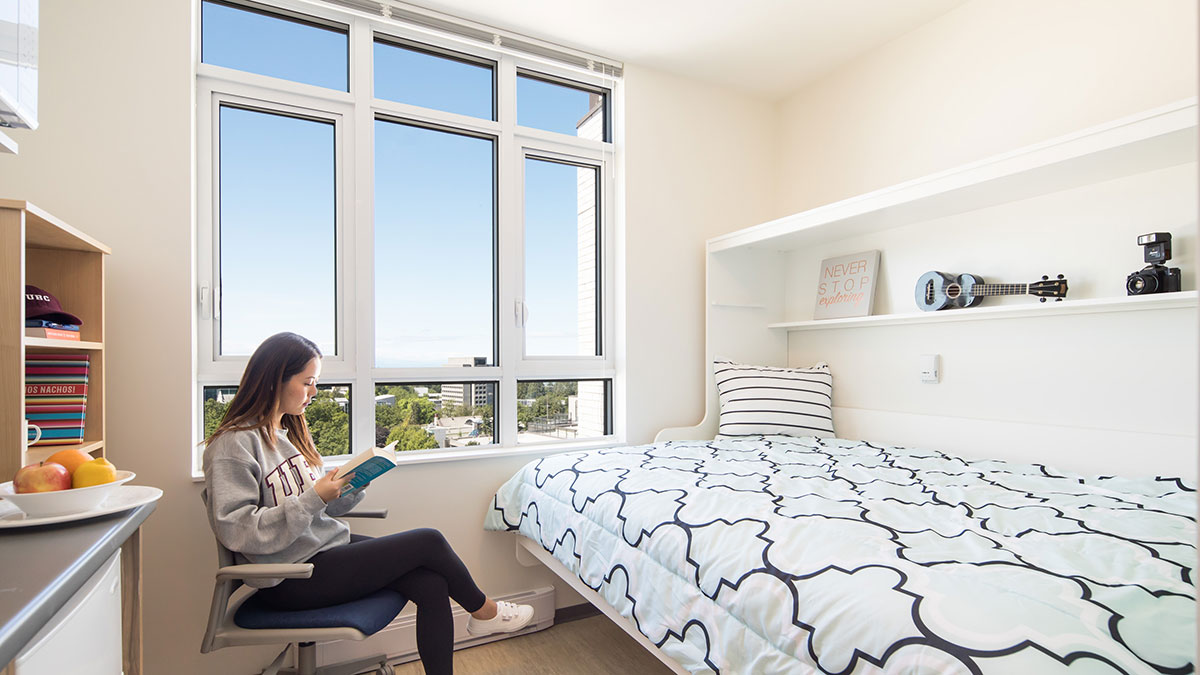
And that’s it! Once you’ve finished decluttering your space with the KonMari Method, you should have 3 piles:
- Stuff you’re going to donate.
- Stuff you’re putting in storage.
- Stuff you’re going to recycle or throw away.
You could also add a fourth pile for items you want to sell on the UBC Buy & Sell Facebook group, Craigslist, or a marketplace app.
The takeaway
If you decide to declutter in the middle of the school year like I did, your room will be a much happier, less distracting, and better functioning space—whether you need to chill out after a long day of classes, hunker down for a late-night study session, or quickly pack a bag for a weekend away.
If you decide to declutter while getting ready to move out, letting go of the things that don’t spark joy will make moving into your next place that much easier.
For me, using the KonMari Method to declutter my room helped me completely transform my space. My drawers are less cluttered and my closet is free of all those unworn sweatshirts. After an arduous study session at IKB, it now feels so comforting to step into a tidy, organized room, which contains items that I know spark joy.
Ultimately, it’s up to you what, and how much, you choose to get rid of when you KonMari your room. Maybe your space is in dire need of a deep decluttering. Maybe it just needs a minor clean-up. Figure out what’s best for you, and get to it. Happy decluttering!

